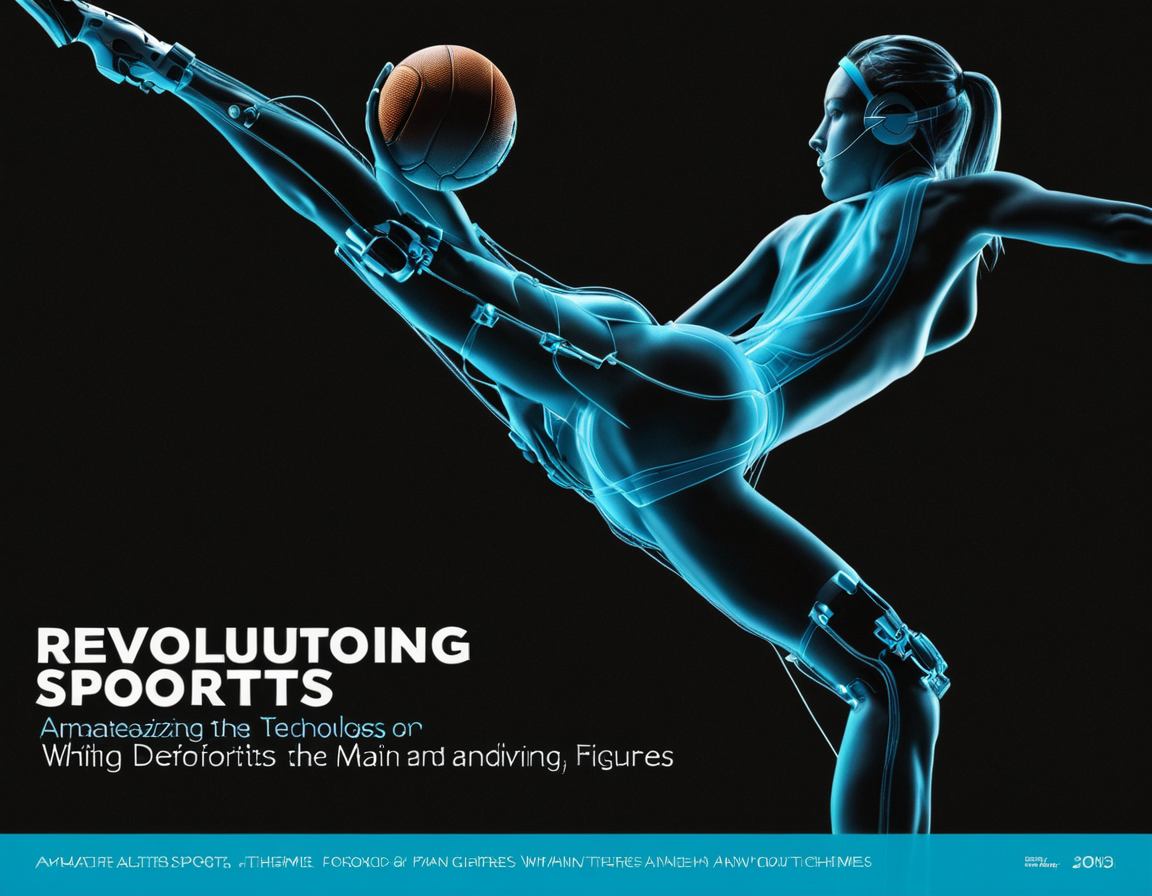Title: Revolutionizing Sports: Amateur Athletes & Innovative Technologies

In the world of sports, technology has long been a key player in the competitive landscape for professionals. However, innovative technologies are now increasingly being utilized by amateur athletes as well, transforming the way they train and compete. From wearable fitness trackers to virtual reality simulations, these tools have become instrumental in leveling the playing field between professional and amateur sportsmen and women alike.
Firstly, let’s consider the role of smart devices in enhancing performance for amateurs. Wearables such as heart rate monitors and GPS-enabled tracking systems allow athletes to collect valuable data on their training sessions. They can track metrics like pace, distance, heart rate variability (HRV), calories burned, and sleep patterns. This information helps amateur athletes optimize their workouts by understanding how their bodies respond to different intensities and durations of exercise. Moreover, these devices often integrate with AI-powered apps that analyze data and offer personalized training plans for each athlete’s unique goals and capabilities.
Another exciting area where technology is revolutionizing amateur sports is in the field of virtual reality (VR) simulations. VR platforms like Sports Virtual Reality (SVR), enable athletes to practice and perfect their techniques without ever leaving home. By using these tools, amateurs can hone their skills through immersive experiences that replicate real-life scenarios with remarkable accuracy. For example, a golfer could virtually practice on an actual golf course, testing different swing strategies and club selections under various weather conditions – all while avoiding the high costs associated with traditional golf training facilities.
Furthermore, advanced AI algorithms are being used to analyze game footage from professional matches, providing insights into tactics, player movements, and overall strategy. These videos can then be studied by amateur athletes as a form of ‘reverse mentoring’, enabling them to learn from the best in their respective sports without ever needing direct contact or interaction with these professionals.
Moreover, 3D printing technology has emerged as an essential tool for creating customized training aids and equipment tailored specifically to individual athletes’ needs. Whether it’s improving grip performance on tennis rackets or ensuring optimal comfort during long-distance running events, 3D printed innovations are helping amateur sportsmen and women optimize their gear and maximize potential.
Lastly, the rise of social media platforms has democratized access to sporting communities like never before. Amateur athletes can now easily connect with others who share their interests, find training partners locally or globally, join online forums discussing everything from technique tips to nutrition plans, and even engage in virtual competitions that pit users against one another worldwide.
In conclusion, it’s evident that innovative technologies are playing a significant role in revolutionizing amateur sports. These tools not only bridge the gap between professionals and amateurs but also create new opportunities for learning, training, and competing. As these technologies continue to advance at an unprecedented pace, we can expect even more transformative changes in the world of sport, benefiting both amateur athletes seeking to improve their performance and enthusiasts simply looking to stay active and healthy.

